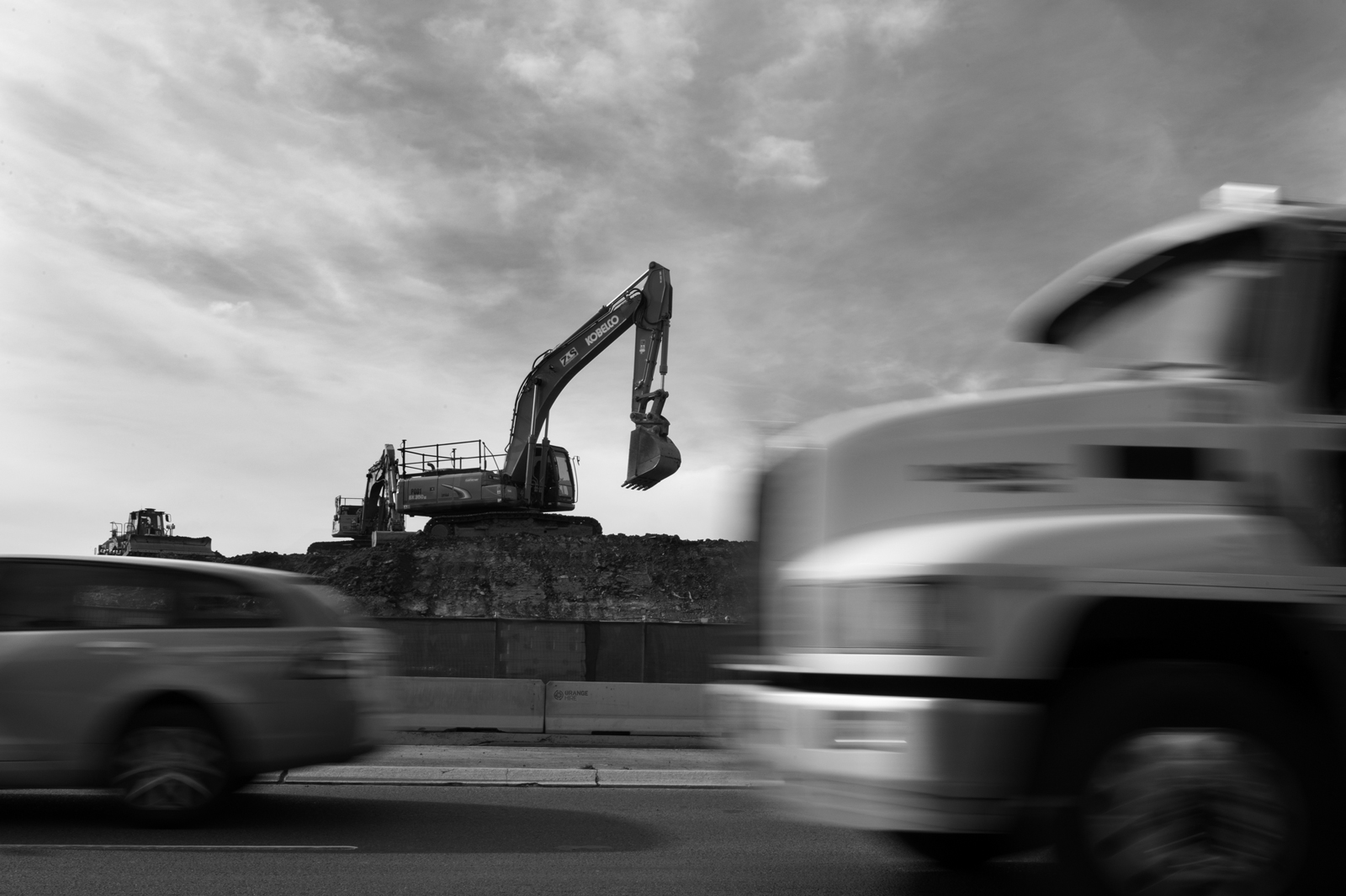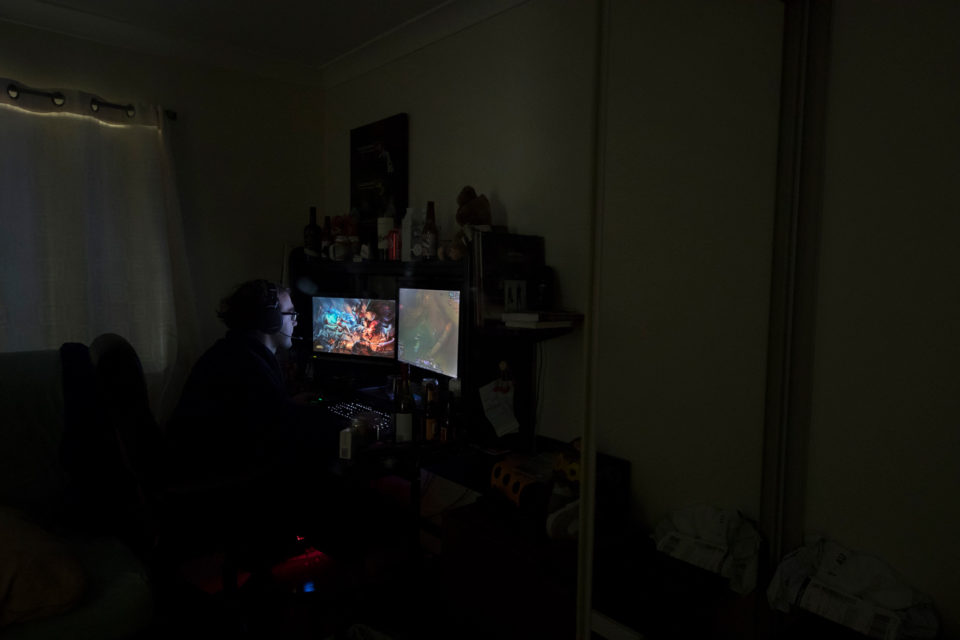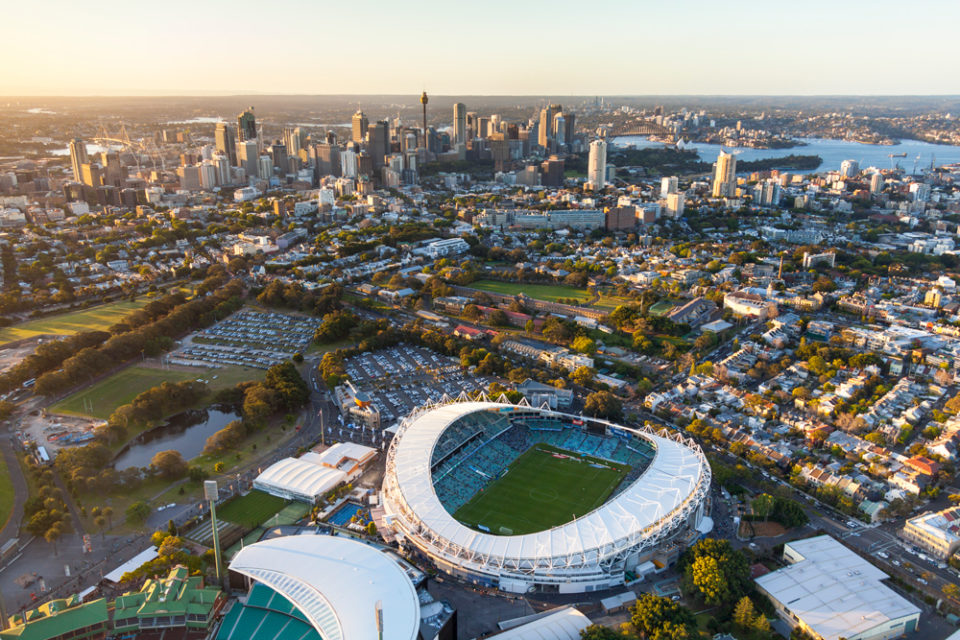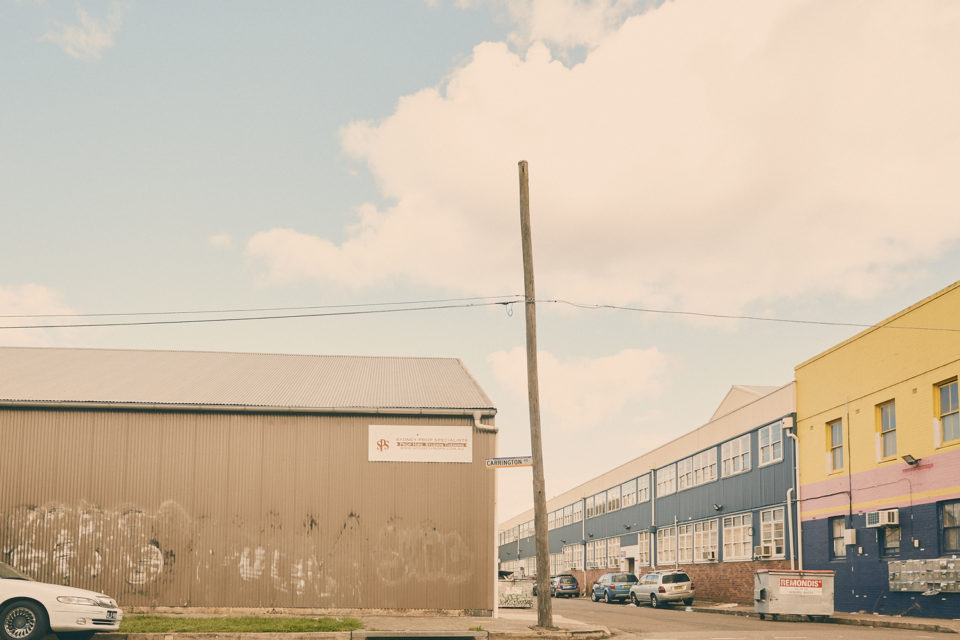Foot on the steel accelerator of a late model Mercedes, strafing in and out of four lanes of traffic, tennis gear clunking about the back seat, Freddie Mercury’s falsetto throttling the car stereo – the weekend begins for a future resident of Sydney’s lower north shore.
They’re almost 75-metres below sea level and traversing the new Western Harbour Tunnel, north-south, about to begin the steep curving incline that spits them onto the Anzac Bridge at 60 clicks. Then onto the Cross City Tunnel, Eastern Suburbs, tennis, chats, lunch, so on.
Somebody that isn’t the state government is about to bank $10 in tolls for providing kilometers of roadway free of a single traffic light.
Mind focussed on their game, the driver will likely fail to marvel at the engineering feat they have just been dispensed from – something once known on planning documents as the “Rozelle interchange” and thought “unbuildable” by unimaginative local politicians back in the gilded ’10s. So focussed, they seem to have also missed the more direct and cheaper route via the Harbour Bridge and Eastern Distributor.
“An ever-expanding behemoth”
Flashback to February 2018 and the fate of the Rozelle interchange – a world first in scale and complexity – is hanging in the balance.
The interchange forms part of WestConnex Stage 3, the feted “missing link” between the new M5 at St Peters and M4 at Haberfield, both currently under construction. The mostly underground Stage 3 will complete a “western bypass” of the CBD beneath the suburbs of Haberfield, Leichhardt, Camperdown and Newtown, spilling out at the southern hemisphere’s two biggest “spaghetti junctures”. One is on the site of the old waste dump at St Peters; the other much larger one is underground, beneath the Rozelle Goods Yard.
Construction of the $7.2 billion Stage 3, the most expensive stage of the $16.8 billion WestConnex tollway project, is being split up into two phases. First are the two four-lane 7.5-kilometre tunnels between Haberfield and St Peters. Second is the Rozelle interchange, a paranoid underground maze of linking roads and bypasses that connect everything to just about everything, including future motorway projects.
Under current specifications, drivers will enjoy a state of hyperconnectivity to and from the Iron Cove Bridge, Anzac Bridge, the Crescent, City West Link and Victoria Road through a combination of corkscrews, S-bends and helices. Although Stage 3 is presented as a “bypass” of the CBD, the interchange will feed thousands more cars onto the CBD-bound Anzac Bridge, currently a peak hour purgatory.
It will also connect to the as-yet unfunded Western Harbour Tunnel and Beaches Link, which, under the government’s own traffic models, are likely to increase traffic in and around the CBD.
You don’t need a degree in civil engineering to see the complexity and cost of the Rozelle interchange is immense. It has dozens of entrances and exits, a series of 30-metre-high ventilation stacks and air pumps connected to hectares of machinery, tunnels 65-metres in depth, corkscrewing link roads turning upwards at high inclinations and a maze of emergency exits. Additional challenges are posed by the enormous amounts of spoil created exhuming millions of tonnes of rock and the risk of collapse when tunnelling through fractured sandstone and shale.
The difficulties posed by the interchange have been a long time in the making. NSW Greens MLC Mehreen Faruqi told Neighbourhood, “the Government’s piecemeal approach to building transport infrastructure and their obsession with toll roads has brought us to a point where WestConnex is an ever-expanding behemoth.”
The proposed depth of the interchange, at 65-metres, poses many of its key challenges and adds greatly to its cost. The justification is that it will connect to the future Western Harbour Tunnel (a toll road project in its early planning stages, with no funding allocation yet), announced by the Baird government in the lead up to the 2015 state election. It’s a prophecy that holds true from New York to Manila – one expensive toll road project effectively locks in another and another, for decades to come, each one solving the problem the previous one created.
A civil engineer by training, Faruqi describes the Rozelle interchange as “bizarre and virtually unbuildable”. “Engineers are trained to solve problems,” says Faruqi, “but they can’t rectify bad political decisions.”
“An outright declaration of war on the Inner West”
These “challenges” were confirmed in January 2018, when it was revealed the Sydney Motorway Corporation (SMC), the entity set up by the state government to deliver and operate WestConnex, attracted just one bid to design and build the complex interchange. Citing “general market conditions”, Liberal MP Don Harwin told Parliament the lone bidder was “unlikely to deliver value for money to the taxpayer.” NSW Roads and Maritime Services (RMS) will now take over the procurement process for the design and construction of the interchange from SMC.
RMS will reconceive the interchange with help from the private sector under a “Collaborative Contractor Client” procurement model, something it anticipates will be resolved by the end of 2018. That means major questions regarding the specifications and final design of the Rozelle interchange will likely be resolved after the government sells its majority stake in SMC and after final project approval for WestConnex Stage 3.
“I’m very fearful that what they’ll do is build an enormous spaghetti junction above ground,” says Inner West mayor Darcy Byrne, “inflicting a far worse and more hazardous environmental impact on the Rozelle-Lilyfield community.”
Such a development would render impossible the government’s promise of new recreational parkland on the site of the disused Rozelle Goods Yard. Itself a victim of the changing needs of industry and urban populations, the overgrown industrial rail yard is just the kind of scene one can imagine urban renewal advocates getting excited over. Casuarina and native spinifex fighting off lantana, framed by rusted steel.
The dog and bike-friendly communities of Annandale, Rozelle and Lilyfield would be moved to “outright revolt,” says Cr Byrne. “Were they to build the Rozelle interchange above ground that would be an outright declaration of war on the Inner West.”
Adventures in “asset recycling”
The Rozelle interchange, in its unbridled complexity, tests the bounds and logic of the “asset recycling” strategy pioneered by the NSW government, whereby future project stages are funded by revenue from the sale of existing or new infrastructure. Only this time they’re selling the farm to build the shed – taking the unprecedented step of “recycling” something that doesn’t even exist yet in WestConnex Stage 3.
To make this game of financial leapfrog work and have Stage 3 complete by 2023, the government must, this year, sell a 51 per cent stake in SMC, the owner and eventual operator of the WestConnex tollway system. It will then use those funds to complete the M4-M5 linking tunnels and the Rozelle interchange that make up the final stage.
Eager to woo large investors, the government is spruiking earnings from future tolls on WestConnex of $1 billion by 2027, according to confidential sale documents seen by the Australian Financial Review, an unprecedented amount for a single asset. By the same measure, toll king Transurban, who is well positioned to acquire WestConnex, earned $1.5 billion last financial year relative to its stake in fifteen toll roads globally.
But with no final design for the Rozelle interchange, nor funds committed to the Western Harbour Tunnel or Beaches Link, the eventual purchaser must be willing to gamble billions on a project they don’t know the specifics of – traffic volumes, construction risks, maintenance costs.
The City of Sydney, a long-time critic of WestConnex, says splitting Stage 3 up into two phases is designed to “de-risk the project” for large investors who will ultimately oversee the construction of the interchange.
Separating the interchange from the completion of the two mainline tunnels will allow the future owner of SMC to start charging tolls on the M4-M5 Link and postpone or modify, perhaps substantially, the complex interchange planned, for now, beneath the Rozelle Goods Yard.
“I think it’s a disaster for us if they can sell this off before the project approval for Stage 3 has gone through because you’ll have a private business who will be finalising the plan,” says Byrne, “and their concern won’t be protecting the health and safety of kids in Rozelle and Lilyfield.”
Without certainty over the design, construction and timeline for completing the Rozelle interchange, both parties could be negotiating over a dead kangaroo. At least, that’s what it looks like on a map. Residents of the Inner West are hoping that’s the only view they’ll ever have of it.






